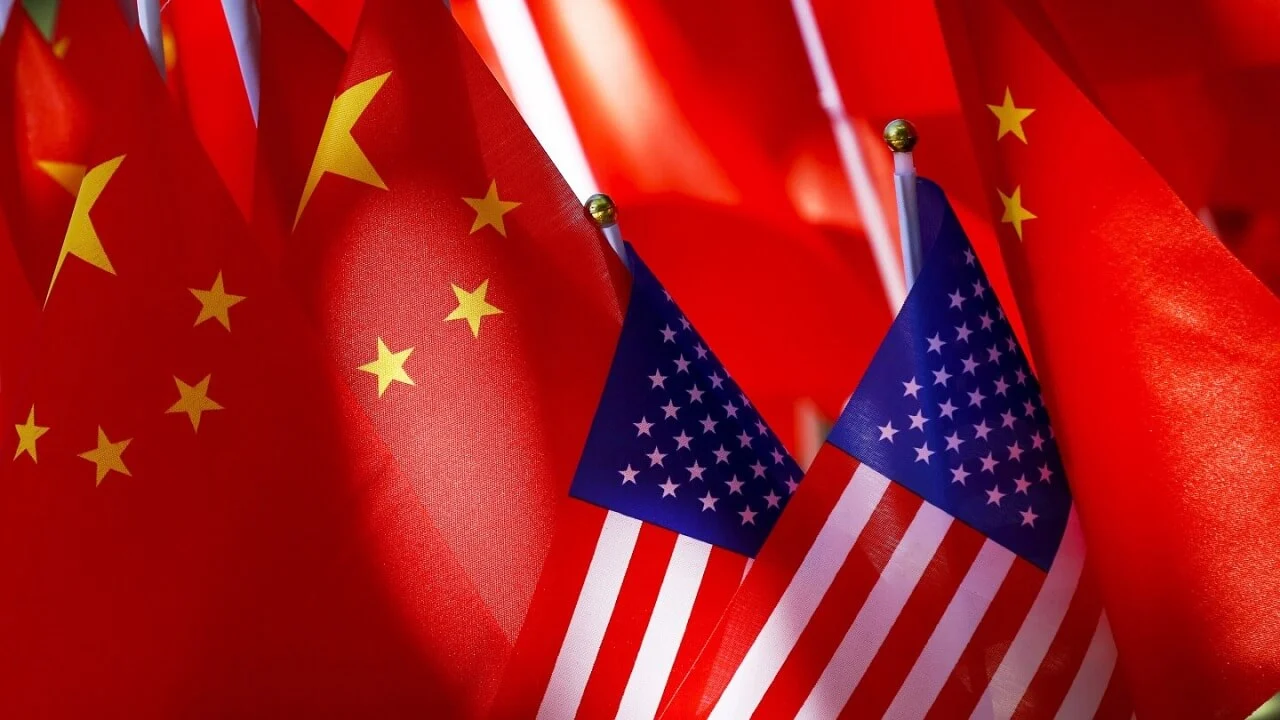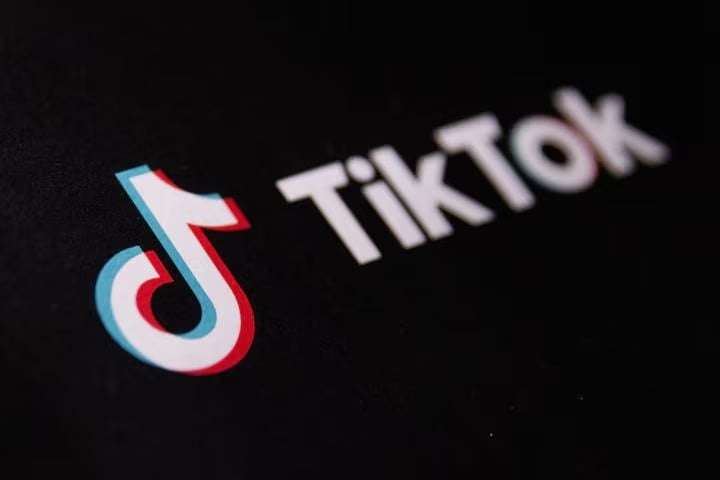Introduction
Beijing has strongly rejected claims that a China state-sponsored hacker was behind a recent cyberattack on the US Treasury Department, labeling the allegations as “groundless.” This response came after a letter to Congress revealed that the breach resulted in unauthorized access to certain Treasury workstations.
Details of the Cyber Breach
Overview of the Incident
According to the Treasury Department, the incident occurred earlier this month when a third-party cybersecurity service provider, BeyondTrust, was compromised. This breach allowed the attacker to remotely access some Treasury workstations and unclassified documents. Upon discovering the attack, the Treasury contacted the US Cybersecurity and Infrastructure Security Agency (CISA) and began working with law enforcement to assess the scope and impact of the breach.
Immediate Response
The Treasury has taken the compromised BeyondTrust service offline. A Treasury spokesperson stated that there is no evidence suggesting the threat actor retains access to its systems or information.
Attribution to China
In a letter addressed to the Senate Banking Committee, the Treasury attributed the incident to a China state-sponsored Advanced Persistent Threat (APT) actor. APT attacks involve cybercriminals maintaining unauthorized access to targeted systems for extended periods, often evading detection. However, the department has not disclosed specific details about the extent of the breach but promised to provide further updates in a supplemental report.
China’s Response
Denial of Allegations
China’s foreign ministry was quick to refute the allegations. Foreign ministry spokeswoman Mao Ning reiterated Beijing’s stance, saying, “China has always opposed all forms of hacker attacks, and we are even more opposed to the spread of false information against China for political purposes.” Mao dismissed the accusations as baseless and lacking evidence, emphasizing that similar claims have been repeatedly refuted by Beijing.
Pattern of Accusations
The breach has reignited concerns about cyber threats allegedly linked to Chinese actors. The US and other nations have frequently accused Beijing of sponsoring hacking activities targeting governments, military institutions, and businesses worldwide. China, however, denies these accusations and maintains that it actively opposes all forms of cyberattacks.
Historical Context
Previous Cyber Activities
Earlier instances of alleged Chinese cyber activities include the US Justice Department’s dismantling of a global cyberattack network in September, believed to involve Chinese-backed hackers. In February, US authorities took down the “Volt Typhoon” group, which reportedly targeted critical infrastructure, including water treatment facilities and transportation systems.
Notable Breaches
In 2023, Microsoft reported that Chinese hackers, identified as Storm-0558, accessed the email accounts of approximately 25 organizations, including US government agencies. Victims included the State Department and Commerce Secretary Gina Raimondo, raising alarm over Beijing’s alleged efforts to obtain intelligence data.
Growing Concerns
Treasury Department’s Commitment
The Treasury Department reaffirmed its commitment to protecting its systems and sensitive data, emphasizing the seriousness with which it addresses cybersecurity threats. As investigations continue, the incident highlights the ongoing challenges governments face in securing critical digital infrastructure against sophisticated cyber threats.
Political Tensions
While Beijing dismisses these claims as politically motivated, the recurring accusations underscore the growing tensions between the US and China in the digital domain. The resolution of this issue will likely depend on further investigations and international dialogue on cybersecurity norms.
Future Implications
Cybersecurity Measures
The US Treasury Department and other government agencies are expected to enhance their cybersecurity measures to prevent future breaches. This includes implementing advanced threat detection systems, conducting regular security audits, and increasing collaboration with cybersecurity experts.
International Cooperation
To address the growing threat of cyberattacks, international cooperation is crucial. Countries need to establish clear cybersecurity norms and collaborate on investigations to hold perpetrators accountable. This can help prevent the escalation of political tensions and promote global cyber stability.
Conclusion
The cyberattack on the US Treasury Department has highlighted the persistent threat posed by state-sponsored hacking groups. While the US accuses China of being behind the breach, Beijing vehemently denies the allegations. The incident underscores the need for robust cybersecurity measures and international cooperation to address the challenges of cyber threats.
FAQs
Q1: What was the extent of the breach on the US Treasury Department? A1: The exact extent of the breach has not been disclosed, but it involved unauthorized access to certain Treasury workstations and unclassified documents.
Q2: How did the Treasury Department respond to the cyberattack? A2: The Treasury Department took the compromised BeyondTrust service offline and contacted the US Cybersecurity and Infrastructure Security Agency (CISA) to assess the scope and impact of the breach.
Q3: What is an Advanced Persistent Threat (APT) actor? A3: An APT actor is a cybercriminal group that maintains unauthorized access to targeted systems for extended periods, often evading detection.
Q4: How has China responded to the allegations of being behind the cyberattack? A4: China has dismissed the allegations as groundless and politically motivated, reiterating its opposition to all forms of hacker attacks.
Q5: What steps are being taken to prevent future cyberattacks on government agencies? A5: Government agencies are enhancing cybersecurity measures, implementing advanced threat detection systems, conducting regular security audits, and increasing collaboration with cybersecurity experts.
MUST READ
https://flarenews.pk/2024/12/31/meta-plans-social-media-with-ai-generated-bots/



